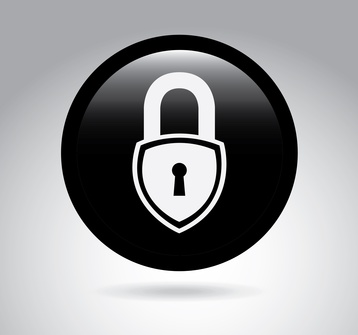With so Many Digital Assets How Do You Protect Your Brand?
A brand’s digital assets can include many outlets such as social media, web sites, blogs, review sites, etc… How does a brand keep track of it all and protect them at the same time?
In today’s digital world, the chances are, at least for well known brands, that the value of your trademarks and other marketing assets are higher than the real estate your business sits on.
John Stuart, former CEO of Quaker Oats, said something to this effect back in 2007, and today it rings true louder than ever. We are living in a world where consumers do not just prefer certain brands over others, but they are in love with brands. So, it’s not really so much about paying a premium price for a branded product. Consumers have also started attaching value to lower-costing brands, appreciating the times that their designer luggage from Ross or Target is complimented on.
Protect and Defend
There are wide differences between a Polo towel and one from the local Walmart. No doubt. However, there is one unifying philosophy between marketers. Protecting your brand is protecting your bottom line.
Protecting from what you may ask. Well, don’t even get me started there. Depending on which platform your digital assets lie, you can be hit with anything from phishing to hacking, identity to traffic theft, cybersquatting to typosquatting. No doubt you will need a solid brand protection strategy. But, you also need to know where all your assets are.
Now, the issue with most brands is they have no real control of their assets. So, the question is how do you create a solitary community for all these assets? How do you know where your assets lie? They say a brand considered to be mid-sized may have as many as 100,000 digital assets.
More and more marketers are looking at DAM (Digital Asset Management), a tool that will allow to track all their digital assets by platform. It would allow brands to reuse content that exists on a platform they didn’t even know they had, hence saving them money and double work.
Whether it’s your brand’s website, social media, online video or PDFs you offer for downloading, brands are increasingly relying on these format to comprise their online presence. Most, however don’t see that and pay little attention where they should be placing it most. Brand managers may believe that their digital assets are being secured properly, but with so many spread across multiple computers in different time zones, cloud platforms, disk on key and mobile devices how do you keep track?
Let’s take a look at some of the reasons a DAM maybe a good option for your brand.
Technology Fails. Eventually.
Hard disks, DVDs when they were first introduced to us, were thought to have a lifespan of 100 years. Now, those statistics seem to be rotting away, and costing lots of companies huge losses. You would need a solution that utilizes multiple levels of security and performs multiple backups in a variety of places. Even the servers in your data center will fail.
Relationships Don’t Last Forever
Your favorite digital ad creators, your most trusted product photographer, your loyal assistant. These are all relationships that can fall by the wayside. Do you really want to be burdened with the task of just following everyone and bugging them to cough up all the digital assets they ever produced? Do you even know what they may have taken?
Using DAM protects you from this kind of loss and tracks and protects your assets so they are truly yours.
The Cost of Digital Assets
Your marketing assets took time and money to produce. If you calculated the costs of creating all your marketing assets, you might be very surprised as you see the number way beyond the amount you ever imagined. Don’t be oblivious to the safety of your digital assets. Secure them as you would your Bank Account. Think of it as your bank account! A DAM would make sure all your assets are safe and secure. Why create when you can reuse? A solid solution would save so much money in this area, where something has already been created and you go out and spend thousands on a new one.
What digital assets do you protect the most? How do you secure them? Please chime in with your
